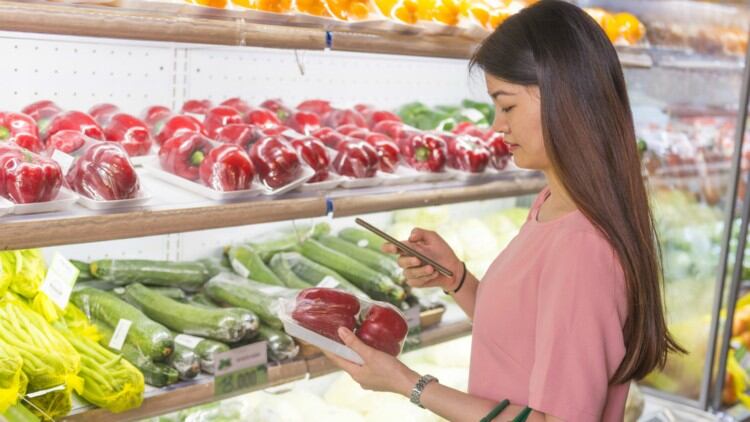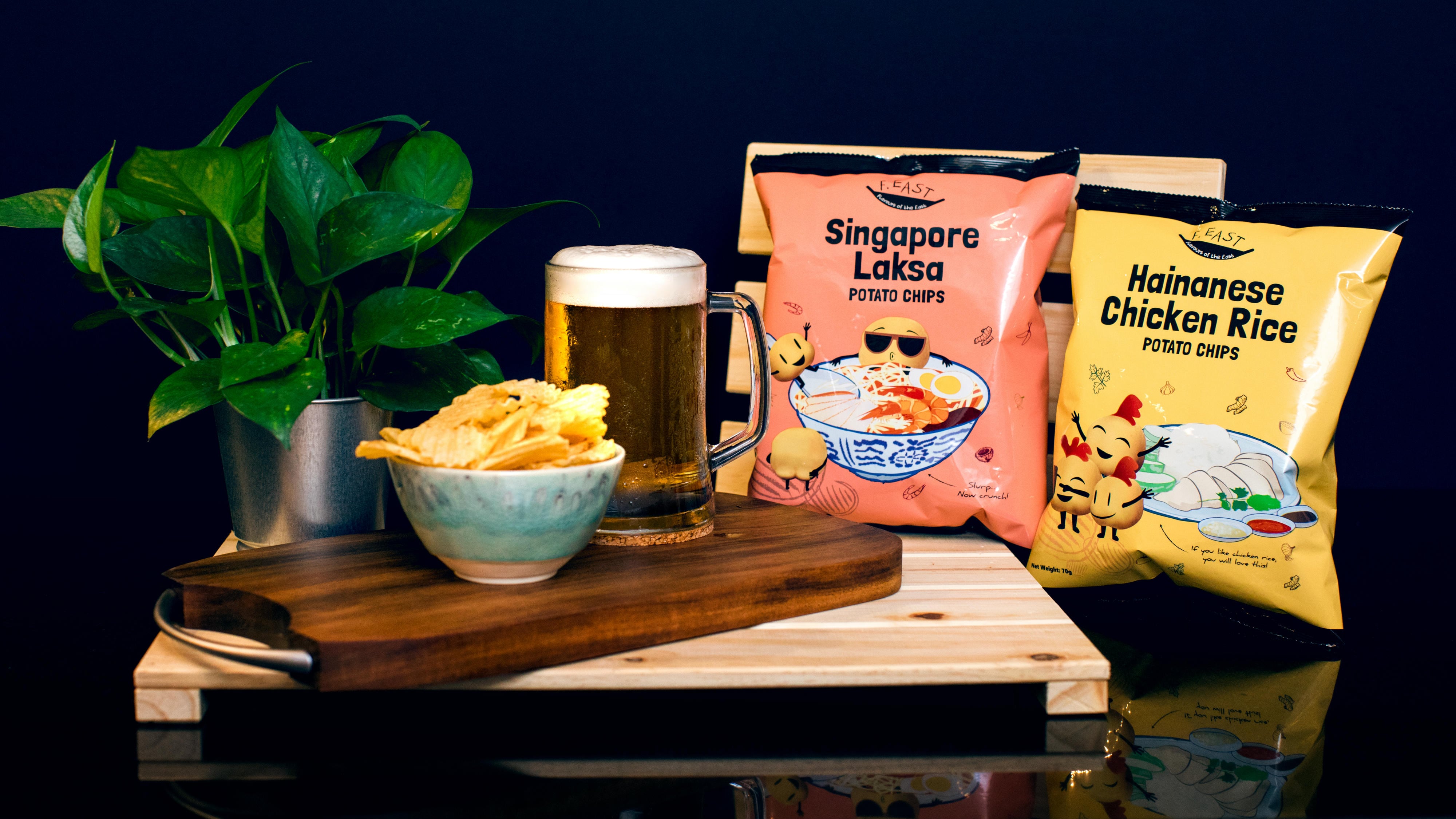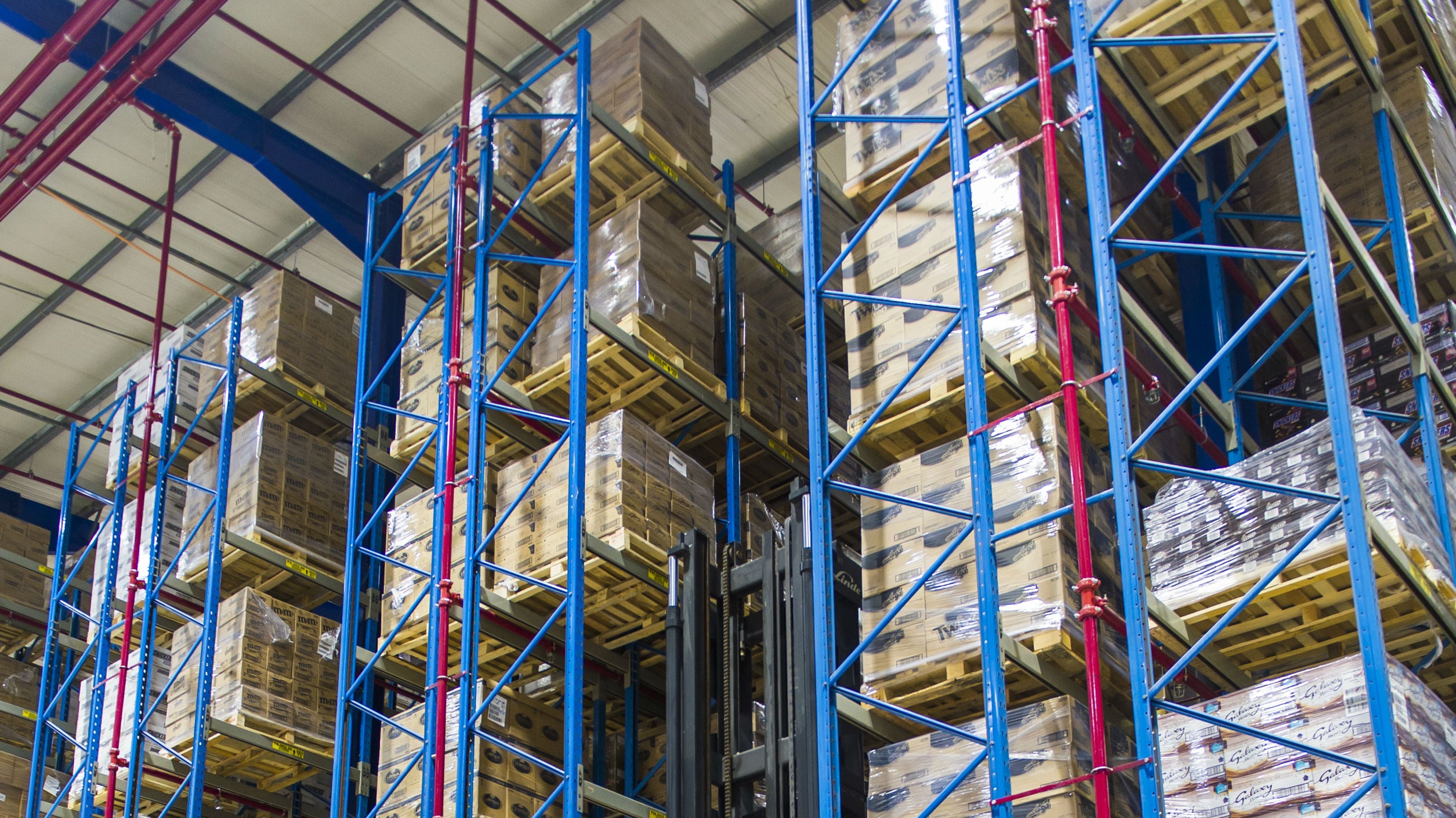MANE is the world’s fifth-ranked fragrance-and-flavours company.
“[The acquisition] has made us much stronger, technically-oriented and customer-oriented company than ever before, that can take solutions from the farm level to the fork level,” Kancor Ingredients Chief Executive Officer Geemon Korah told FoodNavigator-Asia.
“We are probably the only company in the world that makes this connection all the way from the farmer up the value chain to the end-customer. No other company in the world can claim to have this value chain mapped up, and with full involvement.”
The value chain as described by Korah goes from agricultural and farming technology in the field to post-harvesting processing, extraction technology which is Kancor’s area of expertise, ingredient management, and finally conversion to end-product using MANE’s expertise.
Kancor operates in all countries in the Asia Pacific. This market has expanded rapidly within the last 12 to 13 years, from making up some 6% of the business a decade ago, to around 25% to 30% now.
“That’s the level of focus we are putting into this market, because Asia is driving growth,” said Korah.
“This is due to its rapid population growth, its demographic changes and [varying palates], and emerging food habits that tend towards healthy, convenient processed foods."
“Countries in which disposable income has increased is where we see growth being driven, from China, Indonesia, Thailand, Malaysia, Japan, India, Australia for processed foods and so on. These people can exercise the option to pay more for better food.”
“[As such], the Asia Pacific food and beverage market has seen a boom, growing 7.5% to 8% year-on-year over the last 10 years.”
He added that especially in the food segment, growth in the Western world is stagnating at around 2% to 3% for any given product.
Antioxidant growth
Kancor prides itself on being a pioneer in natural extracts, with a legacy in the spice business going back over 150 years. The company now covers the areas of food, flavours and fragrances across some 60 countries globally.
The biggest demand Kancor is seeing in Asia right now is for natural antioxidants, for example its award-winning unique rosemary extract.
“Rosemary is difficult to isolate because it imparts its own flavour and odour to any medium to which it is added, leading to limited use and efficacy,” explained Korah.
“But based on the technology mentioned above, we have developed a rosemary product that is completely neutral in terms of colour, odour and flavour."
“We did not think that natural antioxidants would be so big in this region, because the Asian market is usually very cost-conscious. Surprisingly, natural antioxidants are still preferred here over synthetics,” he added.
Other products that the company sees great demand for in the region include natural colours, roasted oleoresins (which provide a roasted note to finished products), and flavour building-blocks (extract and oil combinations that can replicate specific flavours, e.g. garam masala).
Backward integration
According to Korah, the biggest challenge in most natural raw materials is sustainability.
“To ensure a product is sustainable, we have to make sure the farmer’s livelihood is protected in terms of acreage and returns, and the land, soil and water are protected from contamination. This will give the right balance and good quality of product output,” he said.
“[What this requires] is a good understanding of traditional agriculture, of new techniques, minimising harmful pesticide use and working with institutions to develop the right strains/hybrid varieties with better yields, pest resistance, higher active ingredient content and so on."
“[Knowing this], we have strong backward integration understanding and backward integration programmes in three continents to do a lot of work with the farmers and ensure their livelihood in a sustainable manner.”




